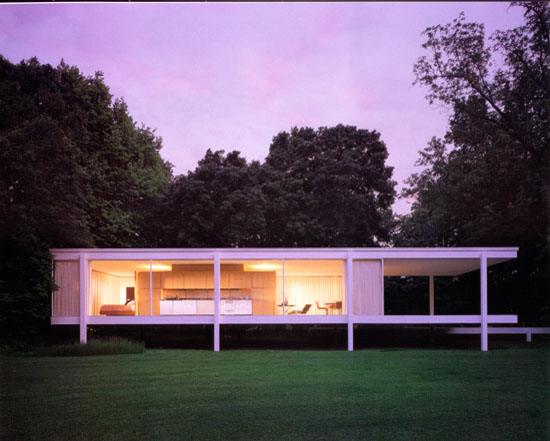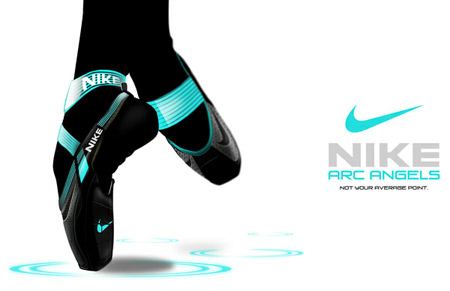 |
Nike's 'Arc Angels' is a new pointy-shoe concept designed for dancers to reduced stress on their feet while doing pointy-work. The particular name was given because it supposedly lasts longer then the normal life span of the pointy dancing shoes of eight to ten weeks.

These innovative glasses by Google's concept is to let you see weather reports, read news articles, watch movies and so on while you are walking, relaxed eating..

This product is especially designed to keep all your keys. Instead of multiple bulky key-chains, you just have this "key fob" that allows you to slide out which key you need for the moment instead of trying to find the right one through a load of keys. Efficient and innovative.
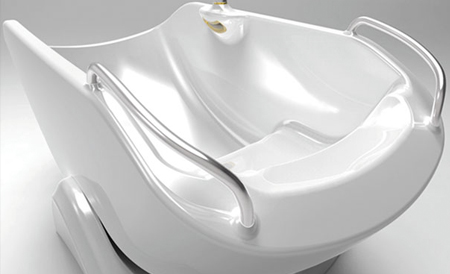 One problem people with that are wheelchair-bound face is the want to soak in a bathtub. Some of them are not able to go in and out of a bathtub, have unbearable difficulty or need someone else's need to do so. Multiple solutions were created over the years, this particular one tilts like a sea-saw/ balance scale and the user can climb in using his hands using the arm-rests on both sides. 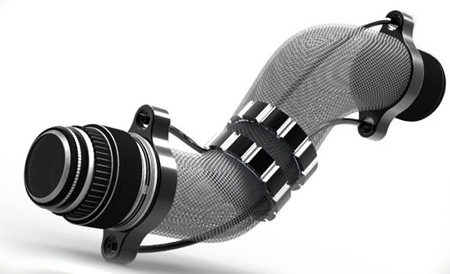 This innovative camera gives you a 360-degree flexibility and helps you capture pictures at any angle your heart desires. The traditional SLR camera is bulky and heavy to use, you have to change multiple positions to capture various angles and it has an uncomfortable grip when holding the camera and also when changing the lens. The benefits of this All-Round SLR camera are that it lightweight and portable. Its flexibility lets you turn it in any direction you want, including 360 degree and OLED display screen for unlimited framing. designer daily. 2012. 30 awesome futuristic product concepts. [ONLINE] Available at: http://www.designer-daily.com/30-awesome-futuristic-product-concepts-26509. [Accessed 29th December '13]. |
Sunday 29 December 2013
Design of the Future
Futuristic product concepts inspire our imagination. We think about what else could possibly be invented; function, aesthetics, originality..
Thursday 26 December 2013
The Memphis Group
The Memphis group was founded by veteran Ettore Sottsass. It was an Italian group of young furniture and product designers that dominated the beginning of the 1980's. It had a post-modern style.
The main aim of this group was to create original and interesting designs that had no rules regarding the built, shape and colour of the final product.
The group experimented with unconventional materials, historic forms, colours, styles, decorations ans kitsch motifs . They were mainly inspired from Art Deco and Pop Art. Their designs lacked functionality, but they broke down the barrier between the high and low classes of design.
 |
| Dublin sofa, 1981 Design: Marco Zanini |
Some of their furniture and light designs were revolutionary at the time, they were made out of industrial materials such as printed glass, fire-flake finishes, neon tubes, zinc-plated sheet-metals that were painted in flamboyant colours and patterns, spangles and glitter. As Sottsass liked to say, "Memphis is not new, Memphis is everywhere."
 |
 |
Oberoi armchairs designed in 1981 bu Sowden. They had a combination of a tomato-red upholstery with bright yellow, or blue legs with Natalie du Pasquier’s 1950's chubby pink and black mosaic print.
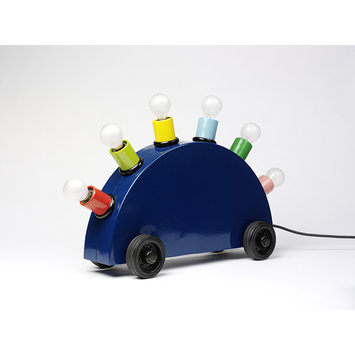 |
Super Lamp designed in 1977 by Martine Bedin was among the first contributions to Memphis. This version of the lamp is the initial prototype that was first shown at Memphis exhibition in 1981. It was made out of painted steel mounted with lighting components.

The Carlton cabinet, designed in 1981 by Ettore Sottsass is an iconic and one of the most outspoken pieces ever designed in the Memphis Group collection. It was made out of laminated wood and plastic.Its colourful, happy colours were inspired from Sottsass' trip to India.
Not everyone was in agreement to the Memphis Group in the design world. Vico Magistretti once said that "This furniture offers no possibility of development whatsoever, it is only a variant of fashion." The co-founder of the IDEO industrial design group Bill Moggridge claimed that "You were either for it, or against it. "All the boring old designers hated it. The rest of us loved it."
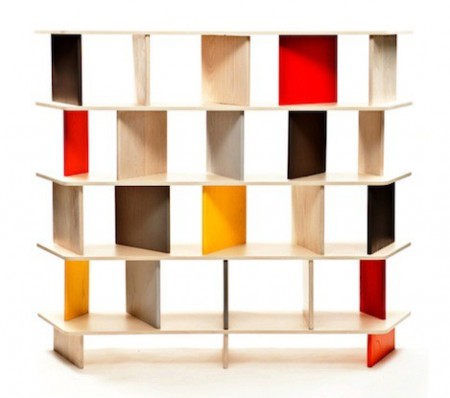
Although the Memphis group did not last long, the work of the various designers in the collection remained important and challenged the traditional modern-making furniture and has been an inspiration even to this day.This moving-panels bookshelf reminds me a lot of Sottsass' Carlton Bookshelf.
Admin. (/). MEMPHIS Product + Furniture Designers (1981-1985) Design Museum Collection. Available: http://designmuseum.org/design/memphis. Last accessed 26th december 2013.
Friday 20 December 2013
Claes Oldenburg
Born in 1929 in Stockholm, Sweden, but quickly moved to America where he became well-known for his soft sculptures.
He attended School of the Art Institute of Chicago, and Yale.
At the time, plaster was not suited for the task Oldenburg had in mind. It was too fragile and too heavy. To solve the problem, he created sculptures of fabric. He used to design them, and his wife, whose was a very talented seamstress used to sew them. They used to fill them with foam, but after a while, because they were so big Oldenburg started filling them with boxes. After this, Oldenburg used to paint them in colour.
 |
| His wife sewing together the giant burger |
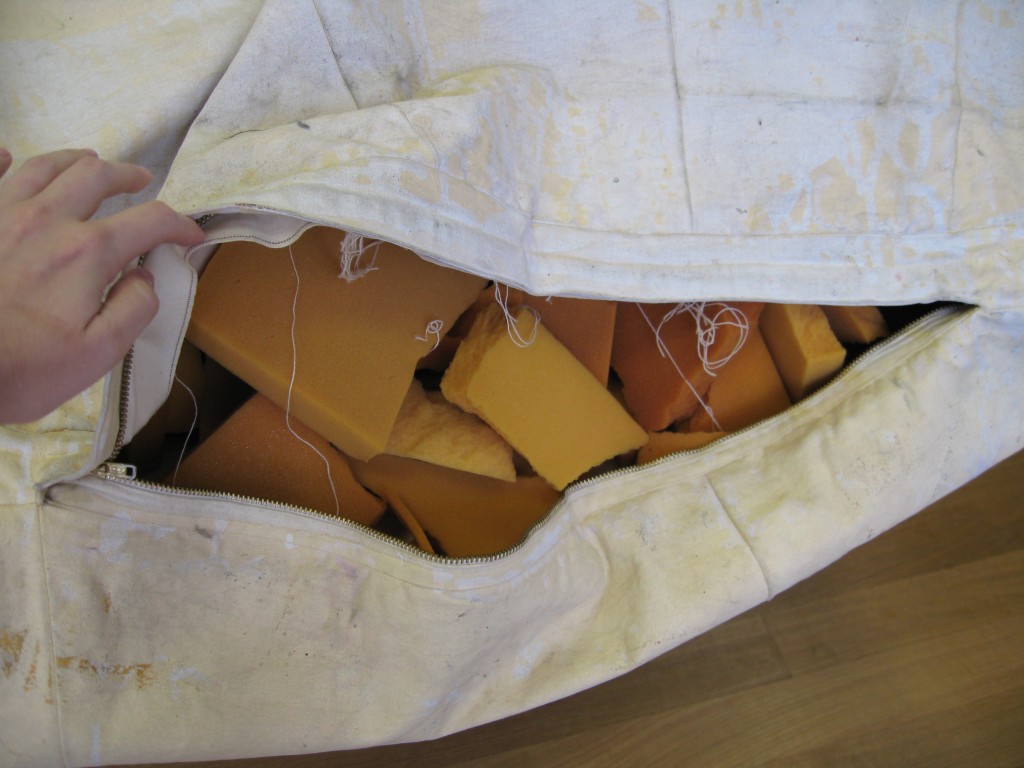 |
| The inside of a soft sculptor filled with foam
He decided he would make his sculptures bigger then normal when he saw luxury cars and grand pianos in mid-town showrooms. He thought that people would love to see sculptures as big as cars and pianos, that they could touch and feel their softness.
He used to inspire himself from everyday objects he saw on the way to work. His work was simple, yet made a statement, and the colossal scale infused humor. He created an alternate form of sculpture by challenging the rigid and austere composition of the sculpture.
|
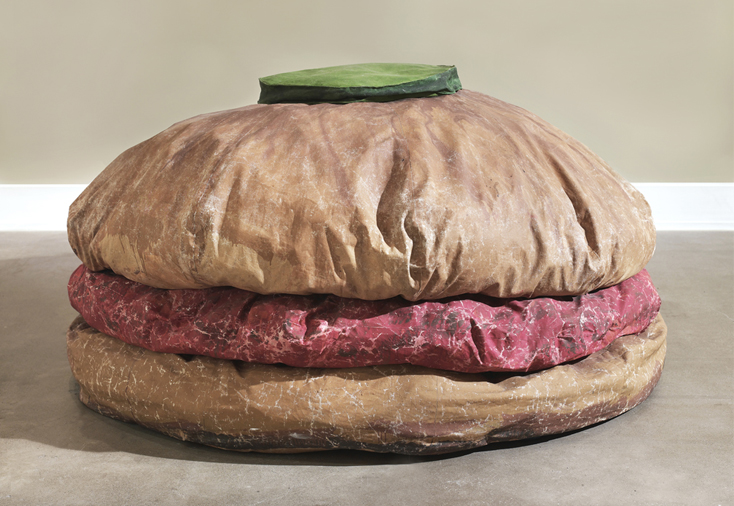
Floor Burger. 1962
 |
| French Fries and ketchup, 1963 |
 |
| Giant toilet, 1963 |
 |
| BLT sandwich, 1963
After a while Oldenburg started using harder materials, such as plaster to exhibit outdoors as well.
 Apple Core  Shuttlecock  typewriter erasor 
Oldenburg was also an artist. This "red tights with fragment" was soaked in plaster over wire frame, and was later painted with enamel. The artist said that this relief is his "vision of a pair of teenage tights seen in the wind at the corner of Avenue A and 14th Street". He refers to the displays of merchandise and also a torn advertisement.
Interesting video of Claes Oldenburg talking about his soft sculpture, inspiration etc.: http://www.moma.org/explore/multimedia/audios/357/4839
|
(2014). Flag to Fold in the Pocket. Available: http://www.moma.org/collection/browse_results.php?criteria=O%3AAD%3AE%3A4397&page_number=5&template_id=1&sort_order=1. Last accessed 20th december 2013.
(2006). Lipstick (Ascending) on Caterpillar Tracks.Available: http://www.yale.edu/publicart/lipstick.html. Last accessed 20th december 2013.
Friday 29 November 2013
Art Nouveau
It started in the 1800 and lasted until the first world war. It influenced America and Western European. The designers wanted to create a new and modern life and invent new shapes and free lines that together would form a unique work of art. Nature and life were the two main sources that inspired visual arts such as paintings, architecture, graphic design, literature, music and so much more.
Some of the characteristics of this movement are;
-sinuous lines
-whiplash curves
-deep sea illustrations
-feminine figures and curly hair
-controlled lines
-geometric details
-colourful new shapes
Some well-known designers from this era were
-Josef Hoffman
-Henry Van de Velde
-Henry Ford
The violent era the industrial revolution brought inspired the fields of architecture, interior design, furniture, fabrics, glass, tableware, jewelry, perfume bottles, posters, wallpaper, textiles and lightning with all kinds of new and creative ideas and innovations.
New materials were combined together to create innovative and eye-pleasing pieces, like wood or metal with glass.
Art Nouveau Jewellery
Art Nouveau still inspires designers to this day.





Some of the characteristics of this movement are;
-sinuous lines
-whiplash curves
-deep sea illustrations
-feminine figures and curly hair
-controlled lines
-geometric details
-colourful new shapes
Some well-known designers from this era were
-Josef Hoffman
-Henry Van de Velde
-Henry Ford
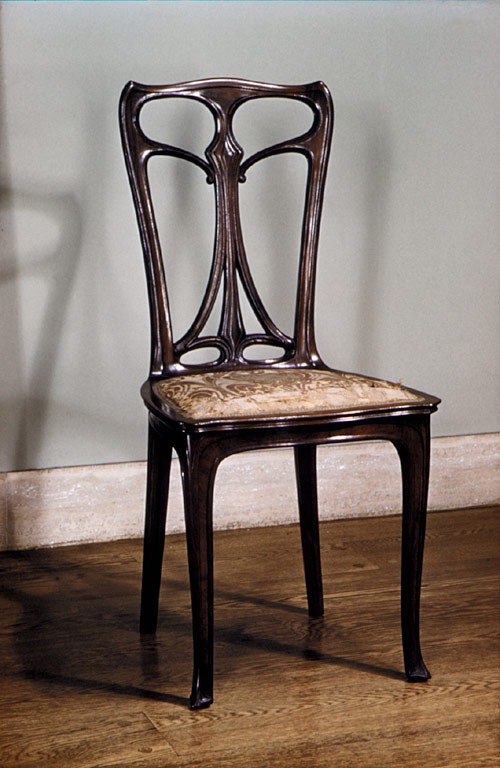 |
| Side chair designed in 1899Materials used for this chair were palissander wood and damask upholstery. |
New materials were combined together to create innovative and eye-pleasing pieces, like wood or metal with glass.
Art Nouveau Jewellery
 |
Art Nouveau silver and hand decorated with enamel. Inspired by the Natural world. Art Nouveau silver brooch with a maiden delicately holding a little crystal bead. Decorated with turquoise blue Champ-levé enamel. |
 |
An antique jewelry box |
A modern art-nouveau inspired jewelry box

Antique Angel-wings inspired earrings

Modern angel-wing SWIRL

"Sitzmaschine" Chair with Adjustable Back was designed in 1905 by one of the most well known designers of Art Nouveau; Josef Hoffmann. It was originally inspired from Philip Webb's Morris chair designed in 1866. The armchair's exposed structure represents machine production, but at the same time, its sequence of grid squares in the rectangular back, the bentwood loops of the armrests and legs and raw knobs on its adjustable back illustrate decorative and structural elements from the Wiener Werkstätte style. This chair was sold in various styles, the majority of them were cushioned on the seat and back rest.

Philip Webb's Morris chair, 1866

Reclining Chair, designed in 1903/04 by Henry Van de Velde for his own Wiemar flat. The elegant, modern look of this chair shows comfort. This was something that was lacking from seating furniture in this period. The back is adjustable by a simple metal rod. This chair was made out of solid beech-wood and cream lacquered, upholstered with patterned fabric.
Cybele Gontar. (2000-2013). art nouveau. Available: http://www.metmuseum.org/toah/hd/artn/hd_artn.htm. Last accessed 29thnovember 2013.
Cybele Gontar. (2000-2013). art nouveau. Available: http://www.metmuseum.org/toah/hd/artn/hd_artn.htm. Last accessed 29thnovember 2013.
Thursday 28 November 2013
DaDa
The art movement emerged in the early 20th century. It was born out of the negativity of the horrors World War 1 brought with it. The movement started when a group of poets and artists joined together. They rejected reason, logic and prizing nonsense, irrationality and intuition.
The movement involved:
-visual arts
-literature
-poetry
-art
-manifestoes
-art theory
-theatre
-graphic design
Dada poet Hugo Ball had once written “For us, art is not an end in itself, but it is an opportunity for the true perception and criticism of the times we live in.” The group was about anti-war politics and embraced modernity in forms of technology, newspapers, films, and advertisements. They liked working with photo-montage and collage.
The movement involved:
-visual arts
-literature
-poetry
-art
-manifestoes
-art theory
-theatre
-graphic design
Dada poet Hugo Ball had once written “For us, art is not an end in itself, but it is an opportunity for the true perception and criticism of the times we live in.” The group was about anti-war politics and embraced modernity in forms of technology, newspapers, films, and advertisements. They liked working with photo-montage and collage.
 |
| A well-known piece from the Dada movement was the "fountain" by Marcel Duchamp, 1917. Made from porcelain. It basically consist of a urinal, laid flat on its back and signed 'R. Mutt 1917'. The original was lost and replicated again in 1964 (the one in the picture), and is one of Duchamp's most famous artworks and is considered to be an iconic 20th century masterpiece. He got his idea from a discussion with a friend. He bought the urinal from a plumber shop and placed it in an exhibition organised by the society of Independent Artists. 'Mr Mutt's fountain is not immoral, that is absurd, no more than a bathtub is immoral. It is a fixture that you see every day in plumbers' shop windows. Whether Mr Mutt with his own hands made the fountain has no importance. He CHOSE it. He took an ordinary article of life, placed it so that its useful significance disappeared under the new title and point of view - created a new thought for that object.' ('The Richard Mutt Case', The Blind Man, New York, no.2, May 1917, p.5.) |
 |
"ABCD" collage by Raoul Hausmann is a self portrait. The open mouth and clenched teeth around the "ABCD" lettering shows intensity and discomfort. The lettering is information on one of Hausmann's upcoming poetry readings. Hausmann seems to be using the Hands, money, a fire extinguisher and different hidden words to make the audience accept a to accepted the different beliefs and create individual opinions by the use of art.
not mentioned. (/). dada. Available: http://www.moma.org/learn/moma_learning/themes/dada. Last accessed 28th november 2013.
|
Wednesday 20 November 2013
Post Modernism
Post Modernism was a movement that started in the late 20th century. It is a term applied to a diversity of arts, including literature, art, philosophy, architecture, fiction and cultural and literacy criticism. Its focus was on questioning the harmony of form follows function and uses all methods; materials and colours. It rejected modernism and played a huge role in what was called "the plastic arts".
"Post" because it rejects any ultimate principles, and lacks optimism of the "modern mind" characteristics, such as there being any scientific, philosophical or religious truth explanation. Philosopher Richard Tarnas once stated that post-modernism "cannot on its own principles ultimately justify itself any more than can the various metaphysical overviews against which the postmodern mind has defined itself."

Scorpion Teapot designed 1984 by Peter Shire, United States. Made out of glazed earthenware, 16-1/4 inches high. Shire used to work with the Milan-based Memphis design group. He was one of the first proponents of what is now known as Post-Modernism. This piece is an excellent example of his fractured, constructivist style.


Post-modernism is still an inspiration to designers today. The aluminium lamp above was designed recently by a modern designer and is said to come in different shapes and sizes.
not mentioned. (2013). aluminium lamps. Available: http://trendsupdates.com/aluminum-lamps-hark-back-at-the-era-of-postmodernism/. Last accessed 20th november 2013.
not mentioned. (2007). eccentric teapot. Available: http://www.abbeville.com/interiors.asp?ISBN=089659923X&CaptionNumber=02. Last accessed 20th november 2013.
Tuesday 19 November 2013
What is Design?
Design is everywhere you look. It is the initial sketching ideas, finished products, a building, a decorative pattern.. Designer Richard Seymour once said that it is "making things better for people". It is emphasized by people's behavior and quality of living. It is fundamental because everything around us was once designed. We take it for granted because it a part of our everyday lives, but founder of international consultancy Bill Moggridge reminds us that "A lot of trial and error goes into making things look effortless."

Some main principles to keep in mind when designing are;
Creativity
-A design has to fulfill a need. The more creative, innovative, different and impressive it is, the more there's a chance the user will want it. The common sense solution is not always the right one, a designer needs to feel the need to explore every idea that pops in his mind, even the queer ones.
Design in collaboration with the Public
-Design can be used to improve a lot of things in the public sector. It can be used to make sure that the services and products designed accommodate the needs of the user, bringing innovative new perspective to the public.
Design in collaboration with Business
-Before the idea of producing something, designers need to ask themselves if the product they're going to design is really needed, if it is going to sell, if it is really innovative or if it has been already designed, if it is cheap to manufacture or not, if it is ergonomically-designed and so on.

Some main principles to keep in mind when designing are;
Creativity
-A design has to fulfill a need. The more creative, innovative, different and impressive it is, the more there's a chance the user will want it. The common sense solution is not always the right one, a designer needs to feel the need to explore every idea that pops in his mind, even the queer ones.
 |
-Design can be used to improve a lot of things in the public sector. It can be used to make sure that the services and products designed accommodate the needs of the user, bringing innovative new perspective to the public.
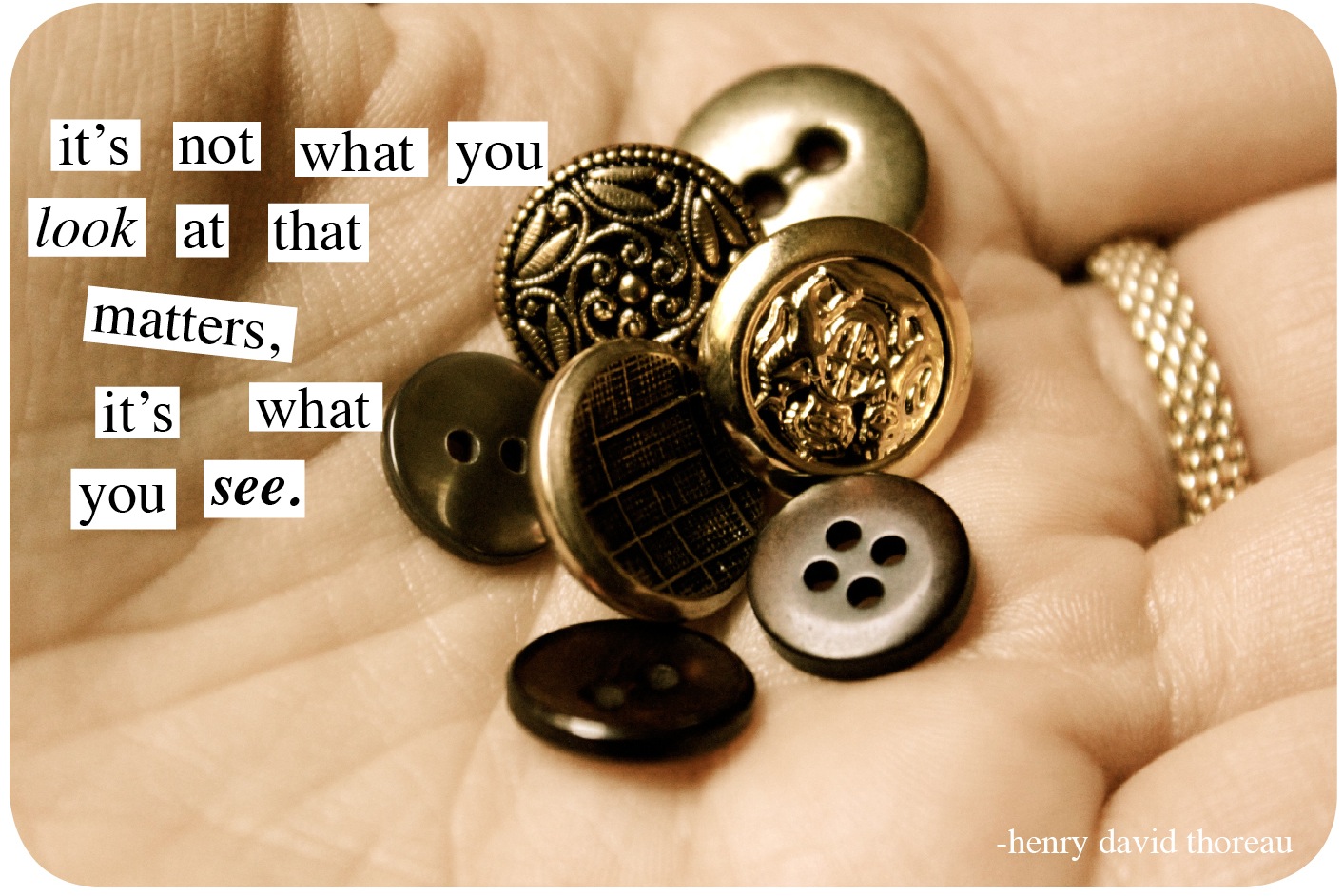 |
-Before the idea of producing something, designers need to ask themselves if the product they're going to design is really needed, if it is going to sell, if it is really innovative or if it has been already designed, if it is cheap to manufacture or not, if it is ergonomically-designed and so on.
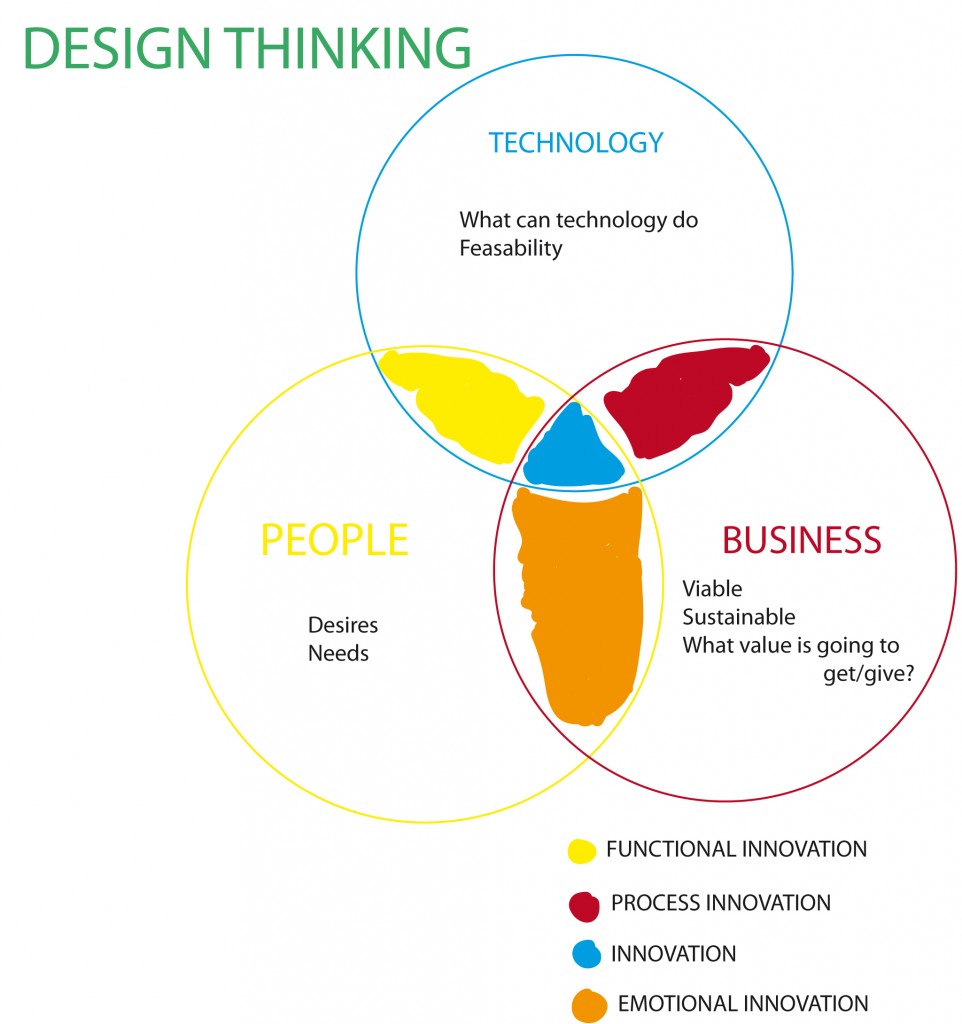 |
| Add caption |
Sunday 10 November 2013
The international Style
The International Style
-Started in Western Europe in the 1920's
-Using geometric shapes, Le Corbusier, Walter Gropus and Miles Van der Rohe tried to create a new modern twist to architecture.
| The flesh Corbusier |
 |
| Le Corbusier architecture |
 |
| Walter Gropius Building |
 | |||
Walter Gropius architecture
Identifiable features (as building in this era were very different to others): |
1) rectangular forms having round projections
2) flat roof
3) lack of ornamentation (no decorations)
4) ribbon windows
5) curtain walls of glass
6) cantilevered surfaces
7) smooth wall surfaces
8) asymmetrical facade
 |
| International style architecture characteristics |
-More popular in Europe rather then in the United States. (1920's and 30's)
-1930: American architects begun experimenting with the international style, building upon the early 20th century American trends.
-An influential modernist style in architecture that developed in Europe and the United States in the 1920's and the 1930's. Characterized chiefly by regular, unadorned geometric forms, open interiors and use of glass, steel and reinforced concrete.
Characteristics: perception of architecture as volume rather than mass
: regularity instead of symmetry
: avoidance of extraneous ornamentation
Hitchcock and Johnson
In 1932, an exhibition of Modern Architecture took place at the Museum of Modern Art, New York. Hitchcock and Philip Johnson were two of the three organizers of the exhibition. They decided to call the exhibit 'The International Style'. After that, the name stuck. Some of the architects that took part in the exhibition is liked the idea of their buildings fitting in only one style genre. However, this was the way Modern architecture was heading in. |
Thursday 7 November 2013
The Bauhaus

Walter Grupious founded the Bauhaus in 1919. It was a school that combined arts and crafts together. It is most known for the way it approached, publicized and taught design. nIt was closed down by Nazis in 1933.
Students came from a range of different social and educational backgrounds. They studied materials, colour theory and more specialized subjects. They also has specialized workshops which included cabinet-making, metal working, weaving,poetry, typography and wall painting.
"Art and Industry" was a slogan the school adapted when Gropius rethought the goals of the Bauhaus in 1923. He emphasized on the importance of designing for mass production.
Grupious designed the new Bauhas Building when it moved to Weimar, Dessau in 1925. The building became a hallmark of modernist architecture. Some important characteristics of the building were
-steel frame construction
-a glass curtain wall
The best feature was the asymmetrical pinwheel plan that had maximum efficiency space.It shared Grupious distributed studio, classroom and administration.
Marcel Breuer was directing the cabinet-making workshop, which happened to be the most popular. The worked on inconveniencing the essence of furniture and dematerializing conventional forms to their minimal existance.
The metal workshop was also really popular, and in collaboraton with the cabinet-making workshop, it was the most successful workshop in designing prototypes for mass-production. Some of the most important and well-know designers were:
-Marianne Brandt, whom was the first woman in the metal workshop
-Wilhem Wogenfeld
-Christian Dell
Some of their products were even used on campus.
 |
| Marianne Brandt Tea-set; silver and ebony; 1924. |
 |
| Wilhen Wagenfeld multi purpose lamp; 1930. |
 |
Christian Dell table lamp; 1926
Architect Hannes Mayer took Gruoious' place as director when he stepped down in 1928. He continued on the last director's steps and emphasized on mass-production and stressed the social function of the design and also architecture. He preached that public good was more important then private luxury.
Architect Ludwig Mies Van Der Rohe the took Mayer's place in 1930, when he resigned as Bauhaus director under pressure from the municipal government of the time. Mies kept the same basic ideas of the previous directors. He had to relocate the school to Berlin in 1930 due to the unstable political situation in Germany and also due to financial conditions of the Bauhaus. He ultimately closed it down in 1933.
Many of the main designers of the Bauhaus moved to America where they spread their knowledge and teaching philosophies. They influenced the younger generation of architects and designers.
-Marcel Breuer and Joseph Albers went to teach at Yale university.
-Walter Grupious went to teach at Harvard.
-Moholy Nagy established the new Bauhaus in Chicago in 1937.
|
Subscribe to:
Posts (Atom)

